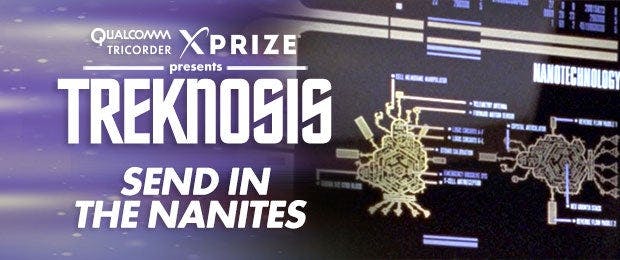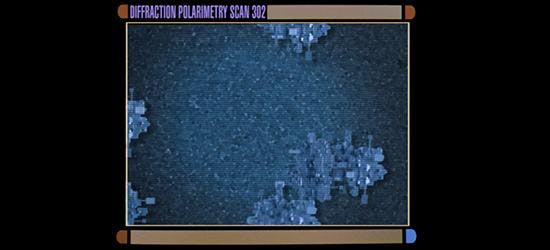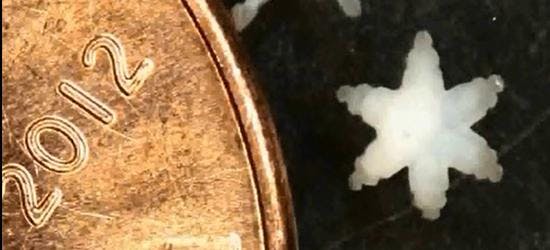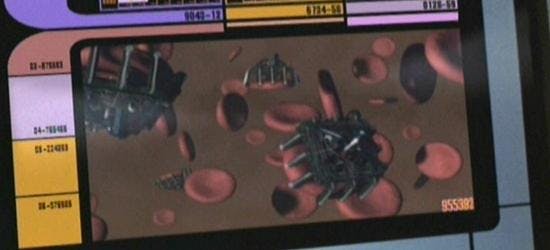
Who here remembers that time when Wesley Crusher accidentally let a school science experiment get a teensy bit out of control and almost destroyed the Enterprise? There were some problems with an astrophysicist, a neutron star getting ready to explode, and the Enterprise computer breaking down — and it turned out a rogue colony of nanites with emergent intelligence were to blame (I can only imagine what Wesley's final grade ended up being).But what were Wesley's nanites supposed to be for in the first place? Yup, you guessed it — medicine. The basic idea is simple: if your body's cells aren't healthy, you aren't healthy. Twenty-first century medicine does the best it can, but it has its limits; our tools are too big and clumsy to be able to fix individual cells, so we bathe our tissues in drugs, hoping to clear out infectious organisms and let our body's natural healing mechanisms do their thing. But what if we had helpers — little agents who could fix our cells from the inside? Now we're talkin' nanites.



Jon Sung is a contributing writer for XPRIZE and copywriting gun-for-hire to startups and ventures all over the San Francisco Bay area. When not wrangling words for business or pleasure, he serves as the captain of the USS Loma Prieta, the hardest-partying Star Trek fan club in San Francisco.XPRIZE is an innovation engine. We design and operate prize competitions to address global crises and market failures, and incentivize teams around the world to solve them. Currently, we are operating numerous prizes, including the $30M Google Lunar XPRIZE, challenging privately funded teams to successfully land a robot on the Moon’s surface, and the $10M Qualcomm Tricorder XPRIZE, challenging teams around the world to create a portable, wireless, Star Trek-inspired medical device that allows you to monitor your health and medical conditions anywhere, anytime. The result? Radical innovation that will help us all live long and prosper.Sign up today to join our mission, be a part of our campaign and win collectibles at: tricorderfederation.org.





